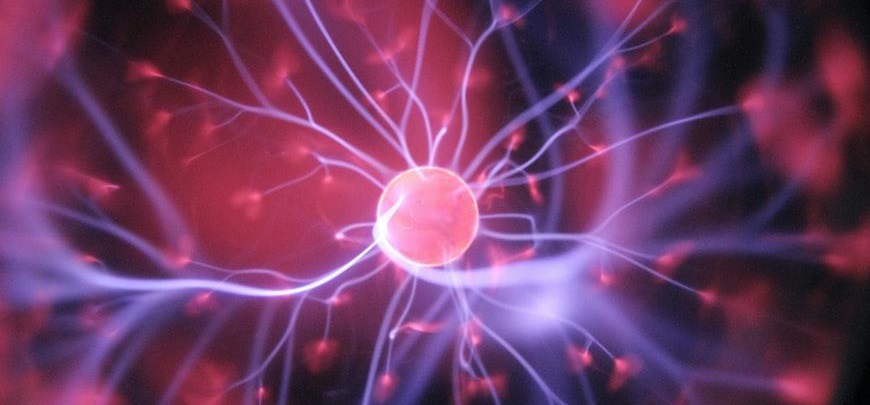Chemistry is the part of natural sciences concerned with the substances of which matter is formed, the study of their properties and reactions, and the benefit of such reactions to form new substances.
The basic concepts of chemistry always start with the atom. Understanding what atoms are is a crucial part of your chemistry learning journey. While the atom might be the smallest unit of a chemical element that exists by definition, let’s look at some chemistry facts that might change the way you look at atoms.
Atom Term Etymology
When it comes to the term atom and its etymology and meaning, we should go back to ancient Greece in the fifth century BC. Democritus, a wise Greek philosopher had a hypothesis that everything can be divided into smaller particles until it can’t be further divided. When he thought of the last particle of something that can’t be divided he called it “atomos” meaning “undivided” in ancient Greek.
Since Democritus’ hypothesis was that matter is comprised of units that can not be cut further into smaller particles, people also thought that atoms were the primary undividable elementary particles. While it’s true that atoms are the fundamental constituents of all elements, later on, it was found that they can be broken down into smaller particles.
What makes an atom
An atom is made up of three components. Protons carry positive electric charges and are located in the nucleus of every atom. Neutrons are also parts of the nucleus alongside protons and are entirely neutral. Electrons with a negative charge orbit the nucleus. Alongside quarks, they are the two types of fundamental particles that make up an atom.
The electrical charge of every electron is -1. Protons and neutrons, which make up an atom’s nucleus, are made out of quarks. There are three quarks in each proton and neutron. A quark is a fast-moving energy charge.
The concepts of nuclear physics and radiation are based on the division of the atom’s nucleus, which may be confusing to understand at first. If you have difficulties with your chemistry assignments and projects you can get chemistry homework help online to understand the complexities of atoms and their elements.
What holds an atom together
Three forces hold the elements of an atom intact. The strong and weak nuclear forces bind protons and neutrons together. Electrons and protons are held together by electrostatic attractions since they have opposite charges, negative and positive respectively, and they are attracted towards each other.
While electric resistance repels protons apart from one another, the nuclear force that attracts them is far more powerful. The strong force that holds protons and neutrons together is around 1000 times stronger than gravity as we know it, but it only works over anatomically short distance, so particles must be very close to one other to notice its effects.
Atoms and empty space
Atoms are primarily made of empty space. An atom’s nucleus is incredibly dense, containing almost all of the atom’s mass. Electrons add relatively minimal mass to the atom and orbit very far from the atom’s nucleus meaning every atom is practically entirely empty space.
If an atom is a football stadium, its nucleus would be the size of a chickpea. Even though the nucleus is significantly denser than the remainder of the atom, it is mostly empty space as well. Because empty space is the fundamental building block of every atom, it raises the philosophical question: is everything we know constituted of nothing but energy?
Elements and their atoms
There is a total of 118 elements that we know of. In terms of construction, each of these elements has a unique atom. The number of electrons, protons, and neutrons, however, varies in all the different elements. All hydrogen atoms, for instance, have one proton, whereas all oxygen atoms have eight.
Only 94 of the 118 elements in the periodic table are found naturally on Earth. The rest are created in laboratories. More protons can be added to a nucleus of an atom to create new elements. These new atoms, however, are unstable and quickly decay into smaller atoms.
Final thoughts
Just after the Big Bang, around 14 billion years ago, atoms were first formed. Circumstances for the formation of quarks and electrons improved when the new universe settled. Quarks united to make protons and neutrons, which then combined to form nuclei.
Atoms are a fascinating base of everything that exists in the universe. They are mostly made of empty space, yet they are essential for the existence of everything in the world. If you successfully understand atoms, you will understand how the building blocks of the universe work.

